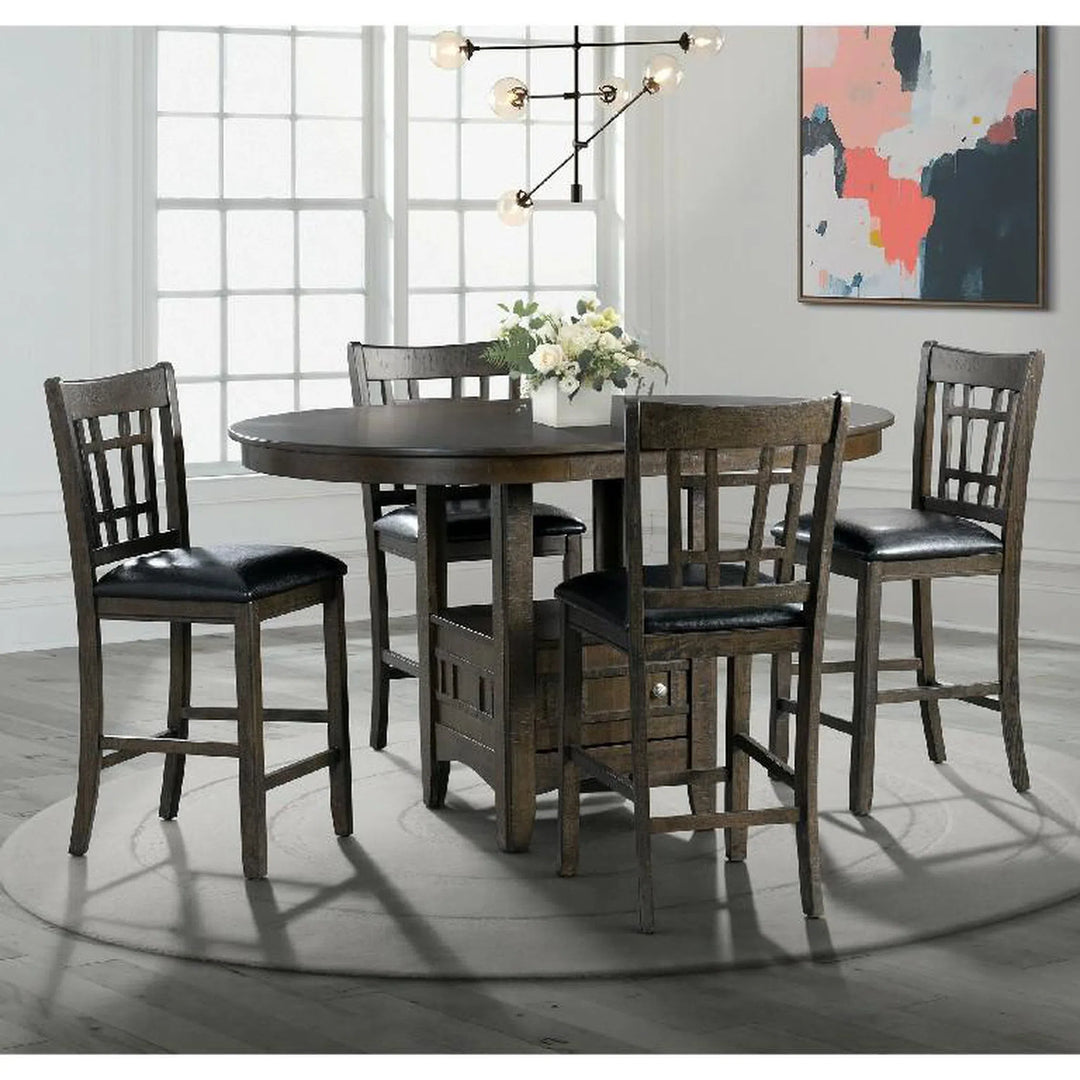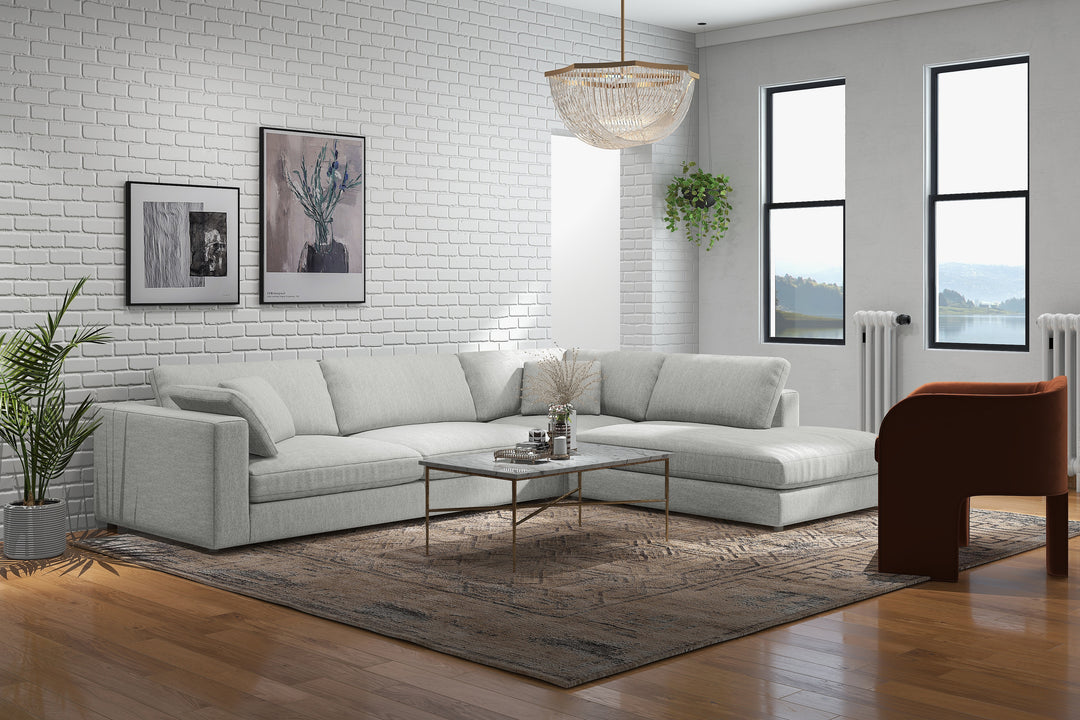Elevate Your Space: Expert Tips for Upgrading a Room with Fair Deal Furniture.

In the world of interior design, there's a pervasive myth that creating a stylish and welcoming living space demands a substantial budget. Yet, with a thoughtful strategy and careful planning, it's entirely possible to enhance a room with budget-friendly furniture while staying within financial limits. From evaluating the room's layout to crafting captivating focal points, there exist myriad techniques to turn your space into a sanctuary of comfort and elegance without straining your wallet.
Assessing the Layout: The Foundation of Room Design
Before embarking on a furniture shopping spree, it's crucial to assess the layout of the room. Consider factors such as traffic flow, existing architectural features, and the overall size and shape of the space. By taking measurements and creating a floor plan, you can gain a better understanding of how to optimize the room's layout for both functionality and aesthetics.
One common mistake many people make when designing a room is failing to consider the flow of traffic. A well-designed layout should allow for easy movement throughout the space without obstacles or bottlenecks. To achieve this, it's essential to leave sufficient clearance around furniture arrangements and ensure that pathways remain unobstructed.
Additionally, take note of any architectural features that can serve as focal points or constraints within the room. These might include windows, doors, alcoves, or built-in shelving units. By incorporating these features into your design scheme, you can enhance the overall visual appeal of the space while also maximizing functionality.
Consider Functionality: Tailoring Furniture Choices to Suit Your Needs
Functionality should be a primary consideration when selecting furniture for any room. Think about how you intend to use the space and choose furniture pieces that align with those purposes. For example, if you're furnishing a living room, prioritize comfortable seating arrangements conducive to socializing or relaxation. Opt for sofas and armchairs with plush cushions and supportive frames to ensure maximum comfort.
If the room serves a dual purpose, such as a home office that also functions as a guest bedroom, consider multifunctional furniture pieces that can adapt to different needs. Sleeper sofas, for instance, provide comfortable seating during the day and can easily transform into a bed for overnight guests. Similarly, storage ottomans or coffee tables with built-in storage compartments offer both seating and organizational solutions in small spaces.
When selecting furniture for high-traffic areas such as dining rooms or family rooms, durability is key. Choose pieces crafted from sturdy materials that can withstand daily wear and tear. Look for features such as reinforced joints, quality upholstery fabrics, and easy-to-clean surfaces to ensure longevity and ease of maintenance.
Evaluate Comfort: Creating Inviting and Cozy Spaces
Comfort is paramount when it comes to furnishing a room where people spend time relaxing and unwinding. From sofas and chairs to beds and ottomans, prioritize comfort when selecting furniture pieces for your space. Test out different options to ensure they provide adequate support and coziness.
When it comes to seating, consider factors such as cushioning, upholstery materials, and ergonomics. Opt for plush cushions with ample padding that offer both support and sink-in comfort. Choose upholstery fabrics that are soft to the touch and easy to clean, such as linen or microfiber. Pay attention to ergonomic design features, such as lumbar support in chairs or adjustable headrests in sofas, to promote optimal comfort and posture.
In bedrooms, the quality of the mattress and bedding can significantly impact comfort levels. Invest in a high-quality mattress that provides the right level of firmness and support for your sleep preferences. Layer on soft, breathable bedding materials such as cotton or bamboo to create a cozy and inviting sleeping environment.
Consider Size and Space: Maximizing Efficiency in Small Rooms
In smaller rooms or apartments, maximizing space efficiency is paramount. When selecting furniture, be mindful of the size and scale relative to the dimensions of the room. Oversized pieces can overwhelm a small space, while undersized furniture may look out of place in a larger room.
Measure the dimensions of the room and create a scaled floor plan to help visualize how different furniture arrangements will fit within the space. Consider the height of ceilings, the width of doorways, and the placement of windows when determining the appropriate size of each furniture item.
To make the most of limited space, opt for multifunctional furniture pieces that serve dual purposes. For example, a dining table with drop-leaf extensions can expand to accommodate guests while folding down to save space when not in use. Similarly, consider investing in furniture with built-in storage solutions, such as bed frames with under-bed drawers or coffee tables with hidden compartments, to maximize storage capacity without sacrificing style.
When arranging furniture in a small room, prioritize openness and flow to prevent the space from feeling cramped or cluttered. Leave ample clearance around furniture groupings to allow for easy movement and create visual breathing room. Consider using mirrors or reflective surfaces to bounce light around the room and create the illusion of more space.
Match Styles: Creating a Cohesive and Harmonious Aesthetic
Creating a cohesive and harmonious aesthetic is essential for achieving a well-designed room. When selecting furniture pieces, aim for consistency in style, colour palette, and materials to create a unified look.
Start by identifying the overall theme or style that you want to achieve in the room. Whether your taste leans towards modern minimalism, rustic charm, or eclectic bohemian, choose furniture pieces that complement each other and contribute to the desired aesthetic.
Pay attention to details such as furniture finishes, upholstery fabrics, and decorative accents to ensure they align with the chosen style. For example, if you're going for a mid-century modern vibe, opt for furniture with clean lines, tapered legs, and warm wood finishes. Incorporate pops of colour or texture through throw pillows, area rugs, or wall art to add visual interest and personality to the space.
When mixing and matching furniture styles, aim for balance and cohesion to avoid a disjointed or cluttered look. Choose one dominant style as the foundation and layer in elements from other styles for contrast and depth. For example, pair a contemporary sofa with vintage-inspired accent chairs for an eclectic twist, or add touches of industrial flair with metal-framed furniture pieces in a predominantly rustic space.
Create Focal Points: Adding Visual Interest and Personality
Focal points play a crucial role in room design, drawing the eye and anchoring the overall aesthetic. Whether it's a striking piece of furniture, a bold area rug, or a statement piece of artwork, creating focal points adds visual interest and personality to the space.
When designing a room, identify key architectural features or elements that can serve as natural focal points. These might include fireplace mantels, built-in shelving units, or expansive windows with scenic views. Highlight these features with strategically placed furniture arrangements or decorative accents to enhance their visual impact.
In the absence of architectural focal points, create visual interest with furniture pieces or decorative elements that command attention. Invest in a statement sofa with a vibrant upholstery fabric or an intricately carved coffee table that serves as a conversation starter. Anchor seating arrangements around these focal points to create a sense of balance and hierarchy within the space.
Incorporate layers of texture, colour, and pattern to add depth and dimension to the room's design. Mix and match different textiles, such as plush rugs, cozy throw blankets, and accent pillows, to create visual contrast and tactile interest. Experiment with varying scales and proportions to create visual drama and draw the eye to different areas of the room.
Conclusion: Transforming Your Space with Fair Deal Furniture
Upgrading a room with Fair Deal Furniture is a rewarding endeavour that allows you to express your personal style and create a space that reflects your lifestyle and preferences. By following the expert tips outlined above, you can design a room that is both stylish and functional without exceeding your budget constraints.
Start by assessing the layout of the room and considering factors such as traffic flow, functionality, and comfort. Evaluate the size and space constraints to determine the appropriate scale and proportions for furniture selections. Match styles and create focal points to add visual interest and cohesion to the overall design.
Whether you're furnishing a cozy apartment or a spacious family home, Fair Deal Furniture offers endless possibilities for transforming your space into a haven of comfort and style. With a bit of creativity and strategic planning, you can create a living environment that reflects your personality and enhances your quality of life for years to come. Happy decorating!





